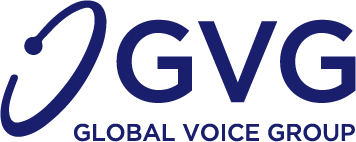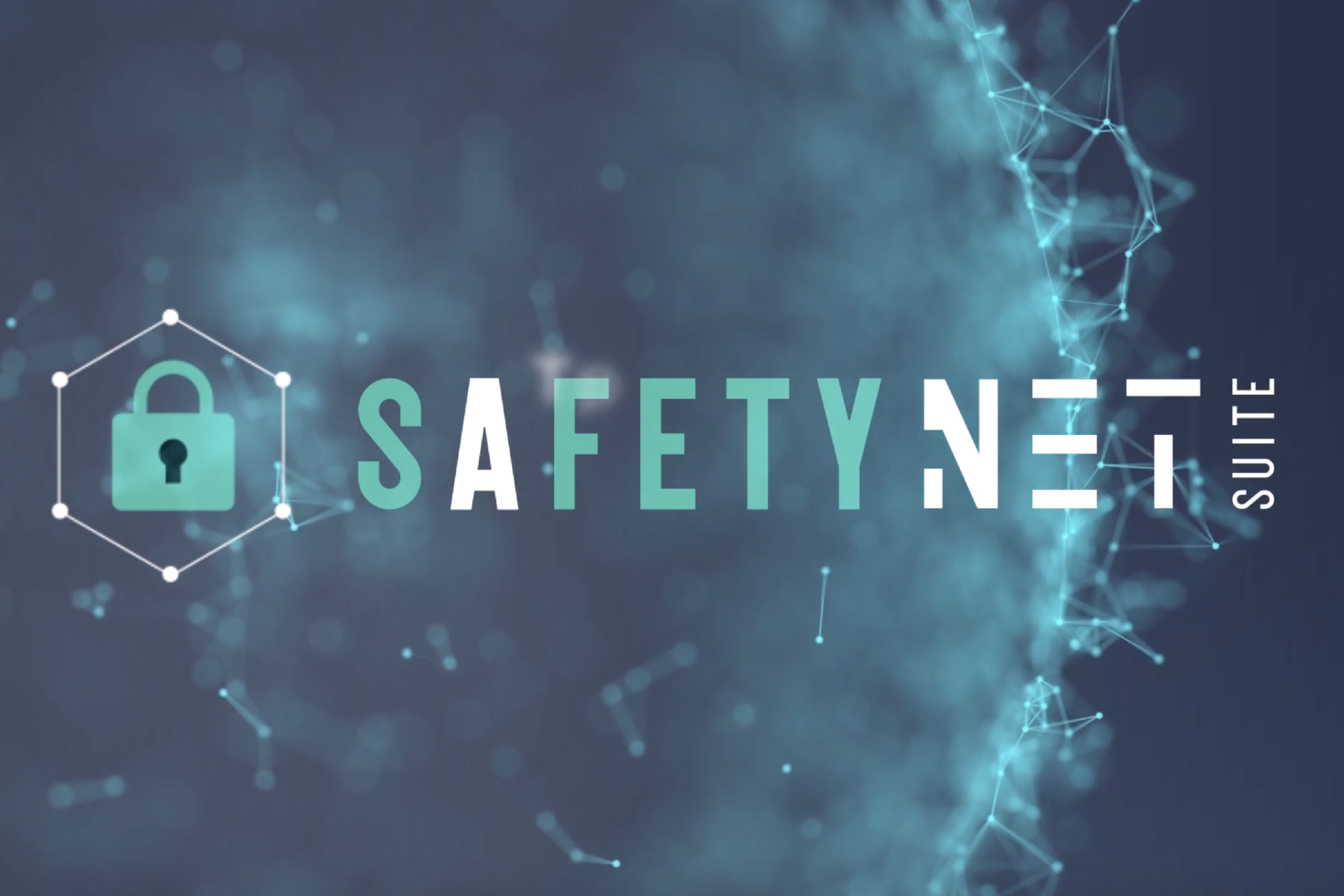Article by Laurent Mbakoa, IT News Africa.
In a digital environment complexified by the convergence between mobile services and the Internet, States face increasing risks in terms of digital security. Cyberattacks, identity theft, viruses, piracy, fake news… Confronted with a long list of threats, public authorities must adopt the means to fight these scourges.
While digital security and cybersecurity are everyone’s concern, national security and the citizens’ protection are the responsibility of governments, which face a twofold challenge: ensuring the digital ecosystem compliance with national regulations as well as the protection of their respective economies. In this context, Africa appears to be the most vulnerable continent to cybercrime due to its lack of adequate digital protection, qualified staff and regulatory coordination.
According to the ITU Global Cybersecurity Index 2018, Africa is the region with the lower number of countries having implemented a cybersecurity strategy. Moreover, only a third of them use metrics to measure cybersecurity.
This lack of digital protection affects governments as well as businesses and citizens, which poses a threat to the stability and growth of the continent. Indeed, cybercrime comes at a cost: about $3.7 billion per year, according to a study carried out by the cybersecurity company Jighi in 2018. It is a threat prone to hinder the rise of the digital economy on the continent.
Faced with this growing insecurity, Africa must “invest considerably in cybersecurity in order to calmly tackle the fourth industrial revolution. This is an unavoidable issue for the 460 million mobile phone users on the continent”, underlines James Claude, CEO of Global Voice Group, an IT services provider to governments and regulatory authorities in emerging countries.
Digital issues require digital solutions
In this context, public authorities are considering the measures and tools to be deployed to eliminate threats. Because it is not sufficient to implement regulations and require MNOs, ISPs and Gafam to comply with them and intervene in the event of danger, GVG has developed SafetyNet, a platform for securing the digital ecosystem. This measurement tool allows governments and regulatory bodies to monitor the most complex security aspects of websites, blogs and apps.
This digital platform against cybercrime is deployed to eliminate potential threats that could affect different digital channels and endanger the security of Internet users and mobile operators’ subscribers. To do so, it relies on threats identification and analysis, blocking of illicit or non-compliant websites, overall regulatory compliance monitoring, digital identity governance and mobile identity governance.
Identifying and analyzing threats
With automated real-time data monitoring, SafetyNet supports laws and regulation with an intelligent system that protects the country cyberspace. This tool also provides authorities with a continuous flow of consolidated data also allowing the general monitoring of fiscal compliance and the adoption of appropriate measures.
“In the end, it is the guarantee of a better reactivity and proactivity in terms of digital identity governance and cyberconformity, in strict compliance with data protection laws. Ultimately, tackling effectively these threats will allow emerging countries governments to foster confidence in digital nations and therefore their advent, like Kenya and Ghana which formalized their digital agendas in 2018”, said GVG.



